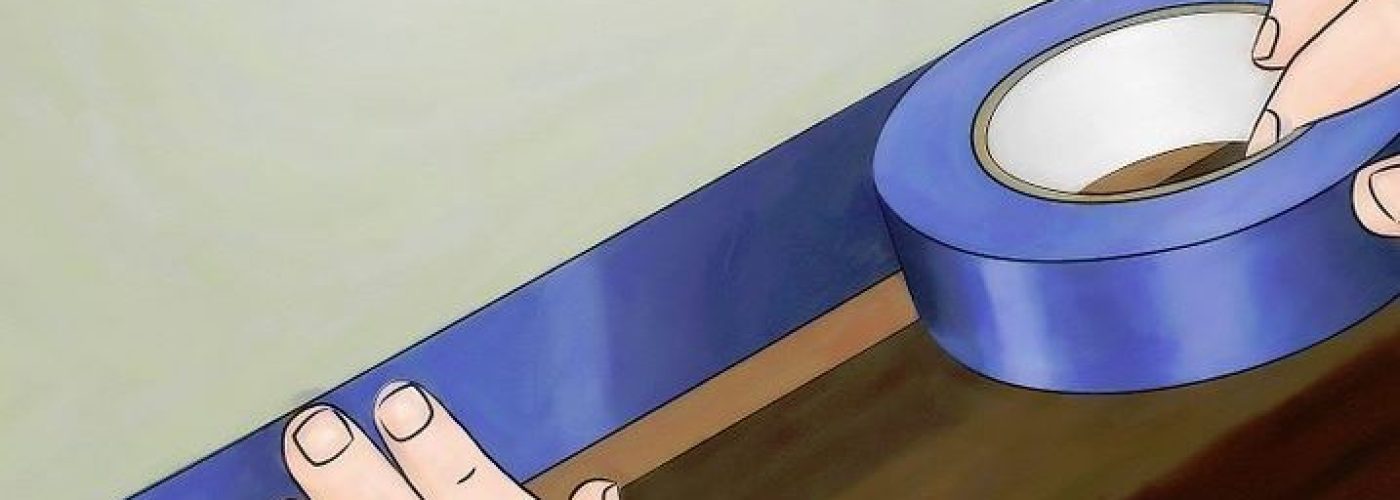Whether you’re planning to tackle a home improvement project yourself or bring in a professional for a large scale renovation, one thing is certain: It’s going to get messy. What can you do to protect your home from dirt, dust and paint? Here are some tips from experienced professionals.
Find the Right Masking Tape
Masking tapes are integral to any home improvement project. It’s important that you use professional grade masking tapes. Regular masking tape is not designed for home improvement projects. You might save a few cents by buying regular masking tape, but you’ll end up with paint bleeds and damage to your walls.
Blue Crepe Paper Tape
Blue crepe paper painter’s tape tears easily and protects the surfaces you don’t plan on painting. This tape can be used indoors and outdoors on painted or stained surfaces. Blue painter’s tape is safe for glass, drywall, trim and floors. It conforms to curved edges and is easily removable.
Pro tip: It’s always best to test any tape on an indiscreet area to ensure you won’t damage finishes.
Flat Painting Tape
If your painting project requires straight, clean lines, flat painting tape is your best option. Flat painting tape adheres to glass, metal and wood.
Pro tip: Clean walls and moldings with soap and water before applying tape.
Low Tack Flat Painting Tape
A low tack flat tape works the same way as regular flat tape except it is safe to use on more delicate surfaces. If you need to apply tape to wallpaper or recently painted walls, low tack flat tape is your best option.
Pro tip: Use a putty knife to apply even pressure to the tape line. A putty knife seals the tape, preventing paint bleeds.
Masking Paper Tape
Masking paper painter’s tape is an all-purpose painter’s tape. Masking paper painter’s tape catches splatters and spills while protecting ceilings, walls, baseboards and trim. This type of tape is easy to apply and remove. Masking paper tape should not be used on unpainted wallboard, foil wallpaper, paper wallpaper or lacquered finishes.
Pro Tip: When it comes time to remove the painter’s tape, pull it at a 45-degree angle. Painter’s tape is best removed when the paint is still wet. If the paint is dry, use a putty knife to score the edges before you remove the tape.
Remember that quality is more important than quantity when you are buying supplies for your next home improvement project. Choose the same products a professional would use. Trimaco is one well-known manufacturer of professional job site protection supplies.





